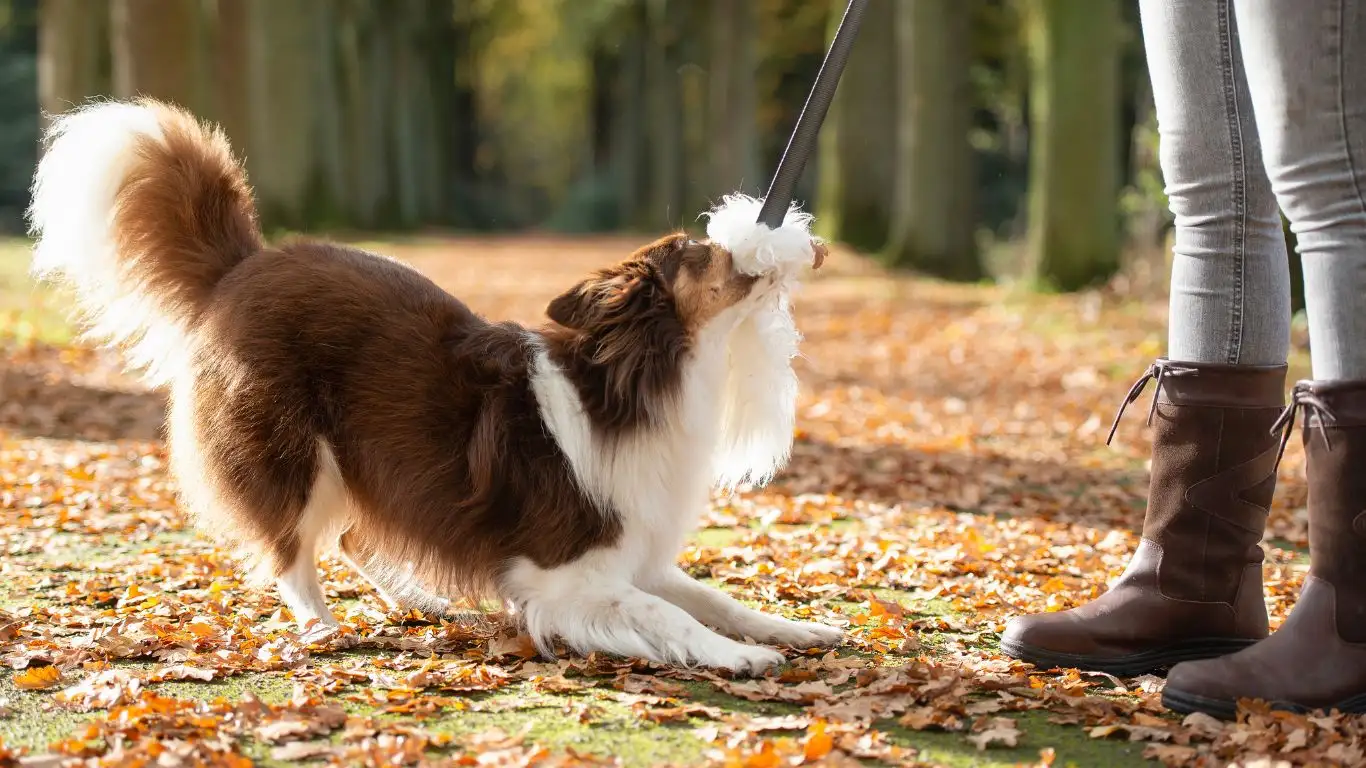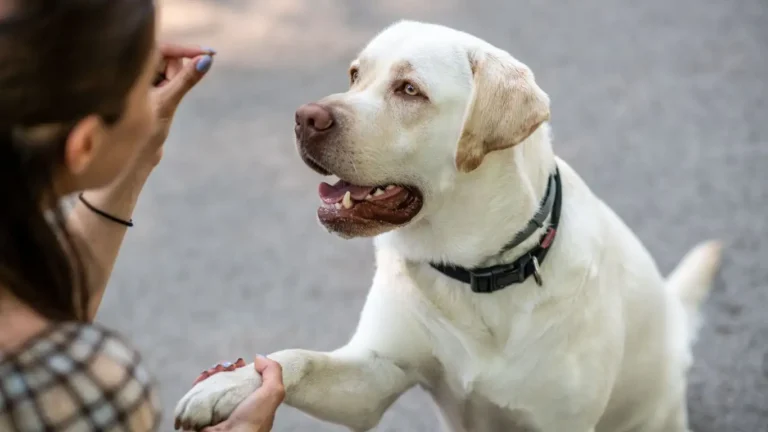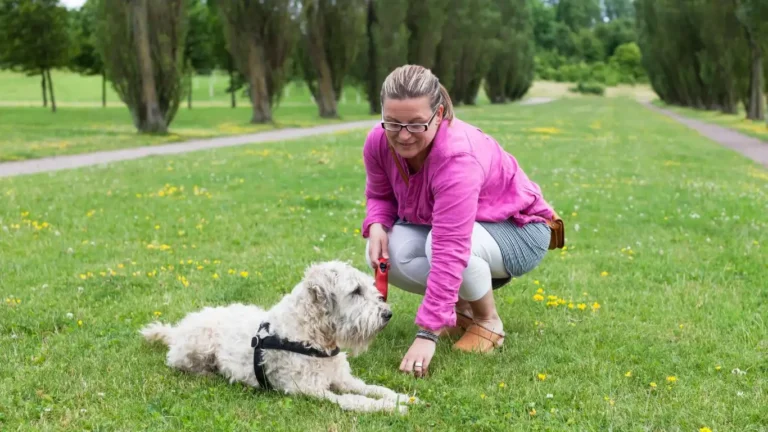Discover Asthma-safe Perfumes and Colognes for Sensitive Noses
If you’re anything like me—juggling therapy dog sessions, client visits, and lots of tail wags—you know the importance of smelling fresh without triggering a room full of sneezes and wheezes. Finding asthma-safe perfumes and colognes has been a game-changer not just for my clients, but for my four-legged partners too. As a Canine-Assisted Therapy Trainer, I’m often in close quarters with individuals who have sensitive respiratory systems, and the last thing I want is a fragrance flare-up. Whether you’re managing asthma yourself or working closely with folks who are scent-sensitive, let’s chat about safer scent options that won’t send anyone into a coughing fit.
Why Traditional Fragrances Can Be a Problem

Here’s the thing—most commercial perfumes and colognes are packed with synthetic chemicals. We’re talking phthalates, formaldehyde, and all sorts of nasties hiding under vague labels like “fragrance.” For people with asthma, these can be serious triggers. I’ve seen it firsthand—one of my regular clients, a teen with moderate asthma, had a full-blown episode after being in a room with someone wearing a strong designer cologne. Not fun. And let’s not forget, dogs have super sensitive noses too. If it’s overwhelming to you, it’s probably 10x worse for them.
What Makes a Fragrance Asthma-Safe?
So what should you look for instead? A good rule of thumb is to stick with natural ingredients, essential oils (in moderation), and products specifically labeled “hypoallergenic” or “asthma-friendly.” But even then, it’s not always a guarantee. Some essential oils—like eucalyptus or peppermint—can still be irritating depending on the person. I always recommend patch testing and even doing a quick sniff test with your therapy pup before heading out to meet clients.
- No synthetic chemicals (especially phthalates)
- Alcohol-free bases if possible
- Fragrance-free or “naturally scented” from non-irritating ingredients
- Tested for respiratory sensitivity—many clean beauty brands are now disclosing this
Scents That Work for Me (and My Clients)

Over the years, I’ve tested dozens of products (bless my very patient therapy dogs). There’s a sweet spot between smelling fresh and being considerate of respiratory health. One client told me, “I love that you don’t smell like the perfume counter at the mall.” Honestly, that was the biggest compliment. Here are a few types of scents that tend to be safer choices:
- Lavender – Light, calming, and generally well-tolerated
- Vanilla bean – Warm, cozy, and rarely irritating
- Chamomile – Soothing and gentle, like a hug in a bottle
- Unscented deodorants or body sprays – Because sometimes no scent really is the best scent
Quick story—during a particularly emotional session with a grieving client, my subtle lavender cologne actually helped calm the atmosphere. The client even asked what I was wearing, and I was able to recommend it to them. It’s the little things that can make a big impact.
Red Flags to Watch Out For
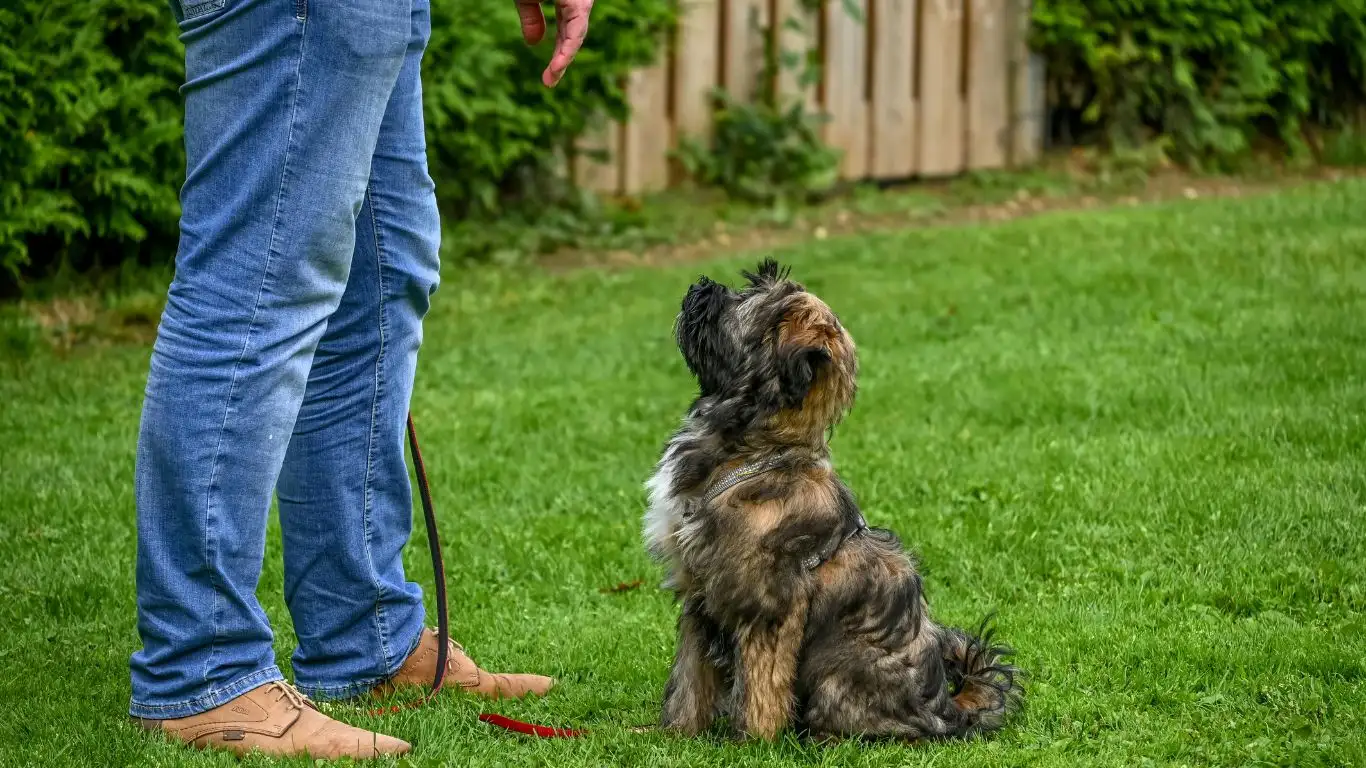
Even if a product says “natural,” it doesn’t always mean it’s safe. Some companies are a bit liberal with their marketing. Here are a few ingredients and terms that give me pause:
- “Fragrance” or “Parfum” – These are blanket terms that often hide chemical cocktails
- Musk – Synthetic musks can linger and irritate airways
- Citrus oils – Lovely smell, but can be too sharp for some sensitive folks
- Heavy floral blends – Think gardenia or lily—beautiful, but often headache-inducing
I once unknowingly used a new perfume before a session, and within minutes, my therapy dog was sneezing. That was all the warning I needed! Now I double-check every product and even let my pup have the final say. If he pulls back or looks uncomfortable, it’s a no-go.
How to Test Asthma-Safe Perfumes and Colognes Before Committing

Let’s be real—no one wants to drop $60 on a fragrance only to find out it makes your chest tight or sets off a sneezing fit. I learned this the hard way when I impulse-bought a “natural” cologne at a boutique. Smelled great at first, but within an hour, my therapy session turned into a sniffle-fest—for both me and the client. Lesson learned.
Here’s my go-to process for safely trying out new asthma-safe perfumes and colognes:
- Ask for Samples – Most clean fragrance brands are happy to provide trial sizes. Some even sell discovery sets.
- Apply to Fabric First – Spritz a bit on a scarf or cotton pad and carry it around to see if any delayed reactions pop up.
- Wear It Alone First – Try it on during a low-risk day—no client sessions or close contact. Give it a few hours to test how your body responds.
- Get a Pup Opinion – Seriously. If my therapy dog, Juno, sneezes or backs away when I test a scent, that’s an automatic no from me.
These extra steps might feel like a hassle, but trust me—they’re worth it. You’re not just protecting yourself, you’re looking out for others in your space too.
Brands That Are Getting It Right

After years of trial and error (and sniffing a lot of cotton balls), I’ve found a few brands that really understand the needs of scent-sensitive folks. These companies get extra brownie points for transparency, natural ingredients, and thoughtful formulation. Plus, several of them are cruelty-free, which aligns with my animal welfare values as a trainer.
- Skylar – Hypoallergenic, clean, and gorgeous subtle scents like “Isle” and “Vanilla Sky.”
- Henry Rose – Co-founded by Michelle Pfeiffer, this line is EWG-verified and beautifully balanced.
- Phlur – Creative scents that don’t overpower, and they clearly label ingredients.
- The 7 Virtues – Focuses on sustainability and social impact. Their “Vanilla Woods” is a winner.
I actually had a moment where a client hugged me after a session and asked, “Why do you always smell like calm?” I was wearing Skylar’s “Capri” that day. That felt like a double win—being supportive and not triggering their asthma.
Shopping Tips From the Field
Aside from the brand names, I’ve picked up a few shopping hacks that might help:
- Stick to roll-ons – They let you apply just a tiny bit where needed.
- Avoid department store counters – Too much scent floating around, and most aren’t asthma-safe anyway.
- Check third-party certifications – EWG, MADE SAFE, or allergy certifications are a great sign.
- Don’t be afraid to ask questions – Email brands directly and ask if their products are tested for respiratory sensitivity.
I’ve actually emailed a few smaller companies asking about testing methods or ingredient sourcing, and some even sent back lab reports. That kind of transparency builds serious trust.
Making Scent Part of Your Therapy Toolkit (Without Risk)

When used carefully, scent can actually enhance therapeutic interactions. Whether it’s calming nerves or setting a welcoming atmosphere, a gentle fragrance can be a quiet but powerful tool in your kit. I’ve used light aromatherapy in pre-session prep—rolling a little chamomile-based oil onto a blanket or diffusing a drop of lavender essential oil diluted heavily in water (far from the dog, of course).
But balance is key. Always keep a scent-free option available and have backup clothing if you’re unsure how a client will respond. I also keep unscented baby wipes on hand in case I need to do a quick wipe-down mid-session (yes, that’s happened).
When I train new handlers, I always remind them: “Your scent enters the room before you do.” Being mindful of that shows respect—not just for the clients, but for their space, comfort, and health.
Creating a Scent-Safe Environment Beyond Just Perfumes
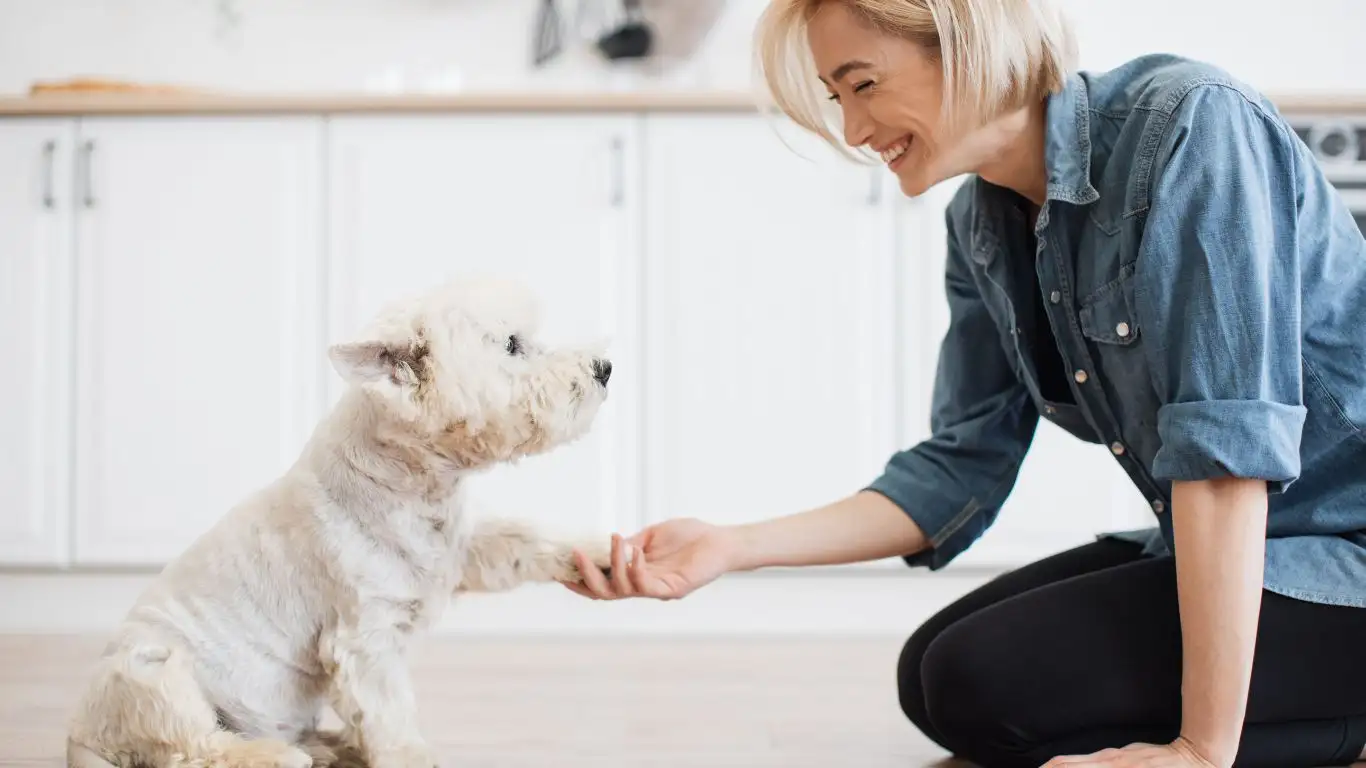
One thing I’ve learned from years working hands-on in canine-assisted therapy is that scent safety goes way beyond just what you wear. It’s about cultivating an entire environment where every breath feels easy and calm. This means thinking about cleaning products, air fresheners, laundry detergents—even what kind of plants you have nearby. It’s easy to overlook how these everyday things contribute to respiratory triggers.
For example, I switched to unscented, hypoallergenic laundry detergent after noticing my dog would sometimes sniff and scratch at freshly washed blankets. Turns out, many “fresh linen” or “spring breeze” scents contain synthetic compounds that irritate sensitive noses—both human and canine. The same goes for candles or plug-in air fresheners. As much as I love a cozy, scented space, those strong smells can sneak in and make an environment uncomfortable for clients with asthma.
Instead, I focus on natural ventilation and air purifiers with HEPA filters to keep the air fresh and clear. Simple solutions like opening a window or using indoor plants known to purify air—like spider plants or peace lilies—can work wonders. It’s all part of creating a welcoming, safe space for everyone involved.
Practical Tips From My Therapy Training Experience
- Keep your therapy space fragrance-free whenever possible, especially if you know someone with asthma is coming in.
- Use natural cleaning supplies like vinegar, baking soda, or unscented gentle detergents.
- Ask clients ahead of time about sensitivities so you can adjust your environment and personal care accordingly.
- Encourage your team or family to avoid strong fragrances on days when you’re running sessions.
- Train your therapy dogs to be comfortable in scent-neutral spaces to avoid any behavioral issues linked to overwhelming smells.
Honestly, some of these changes took time to implement and get used to, but the payoff has been tremendous. Everyone breathes easier, and the focus stays on the healing work instead of battling sneezes or coughs.
Why Choosing Asthma-Safe Perfumes and Colognes Matters

From personal experience as a trainer, I’ve seen how small details create big differences. Choosing asthma-safe perfumes and colognes isn’t just about avoiding discomfort—it’s about respect and professionalism. When clients walk into a session and don’t have to worry about irritants, it immediately builds trust. It shows you care about their wellbeing on every level.
Plus, for those of us working with therapy animals, it’s a crucial part of keeping our pups healthy and happy. Animals’ noses are far more sensitive than ours, and protecting them means fewer distractions and better focus during sessions.
At the end of the day, scent choices are a simple, proactive way to make therapy safer, more inclusive, and more effective. And let’s face it—who doesn’t want to feel fresh without forcing everyone else to gasp for air?
Resources and Further Reading
- American Speech-Language-Hearing Association – for insights on environmental sensitivities
- American Lung Association – comprehensive info on asthma triggers
- Environmental Working Group – for checking product safety ratings
- Asthma and Allergy Foundation of America – practical advice on managing asthma safely
Disclaimer
This article is intended for informational purposes based on my personal experience and research as a Canine-Assisted Therapy Trainer. It should not replace professional medical advice. Always consult with a healthcare provider for diagnosis and treatment of asthma or respiratory conditions. Individual sensitivities vary, so test new products carefully and discontinue use if irritation occurs.
